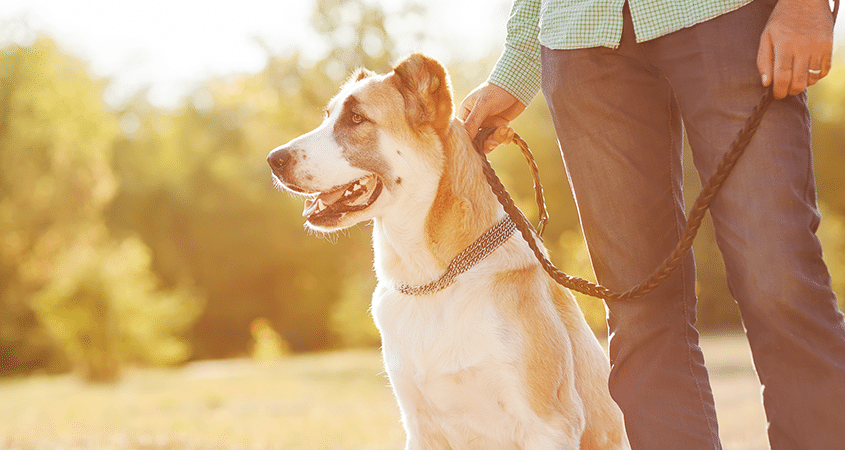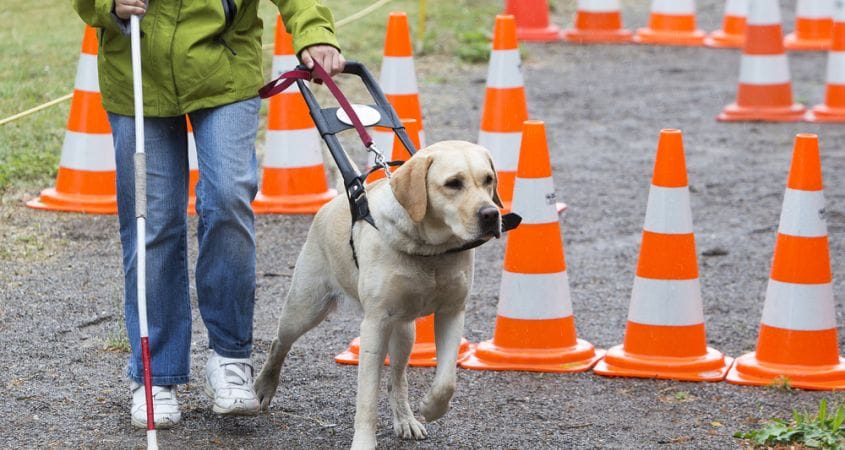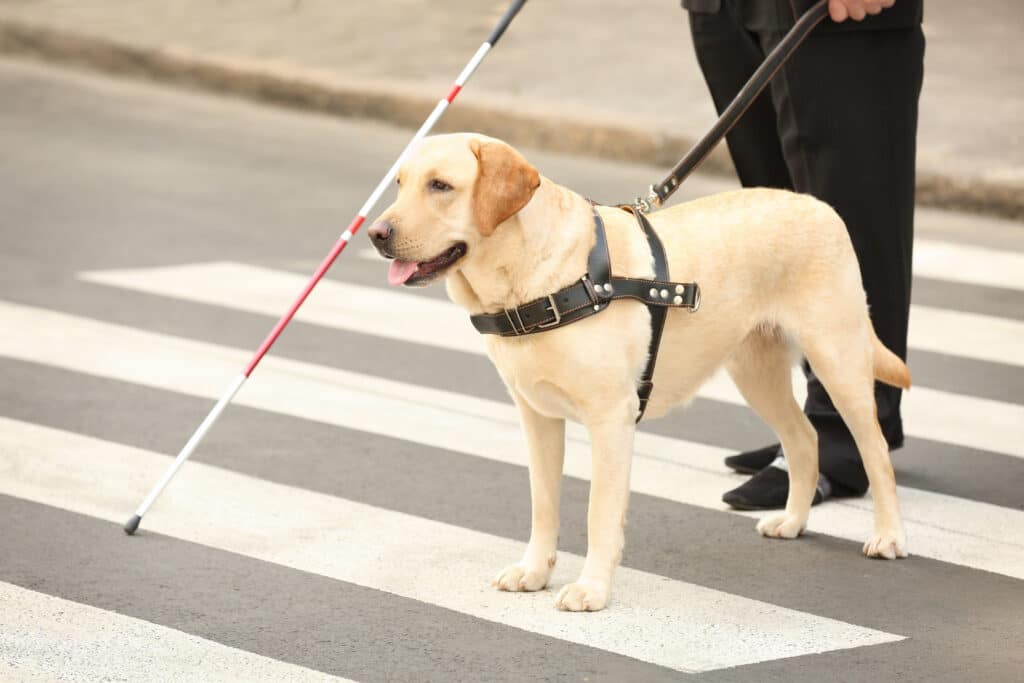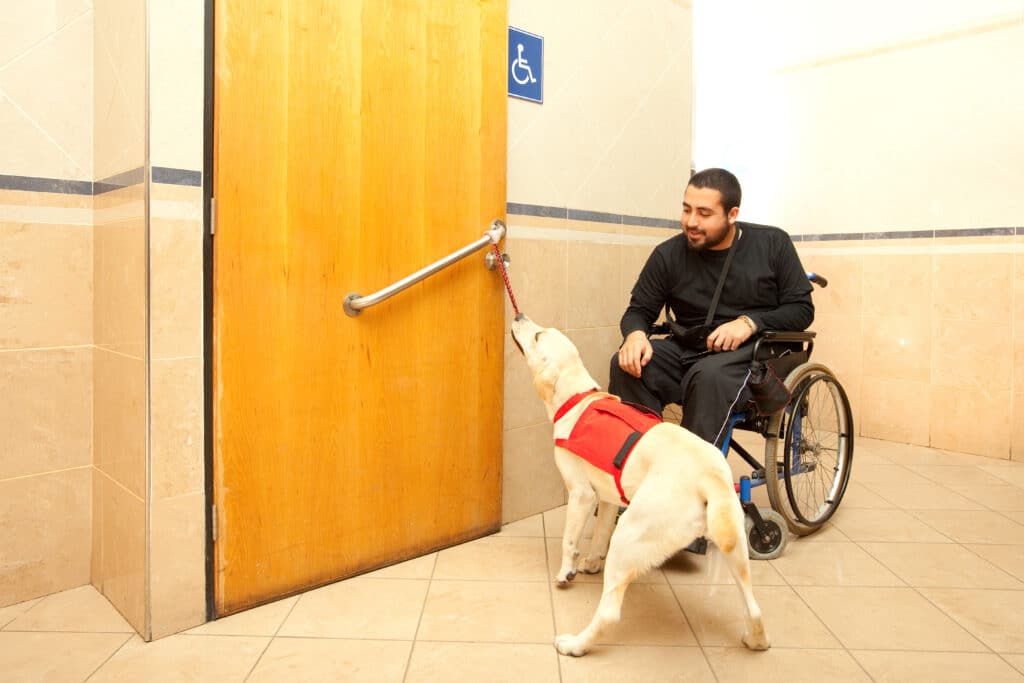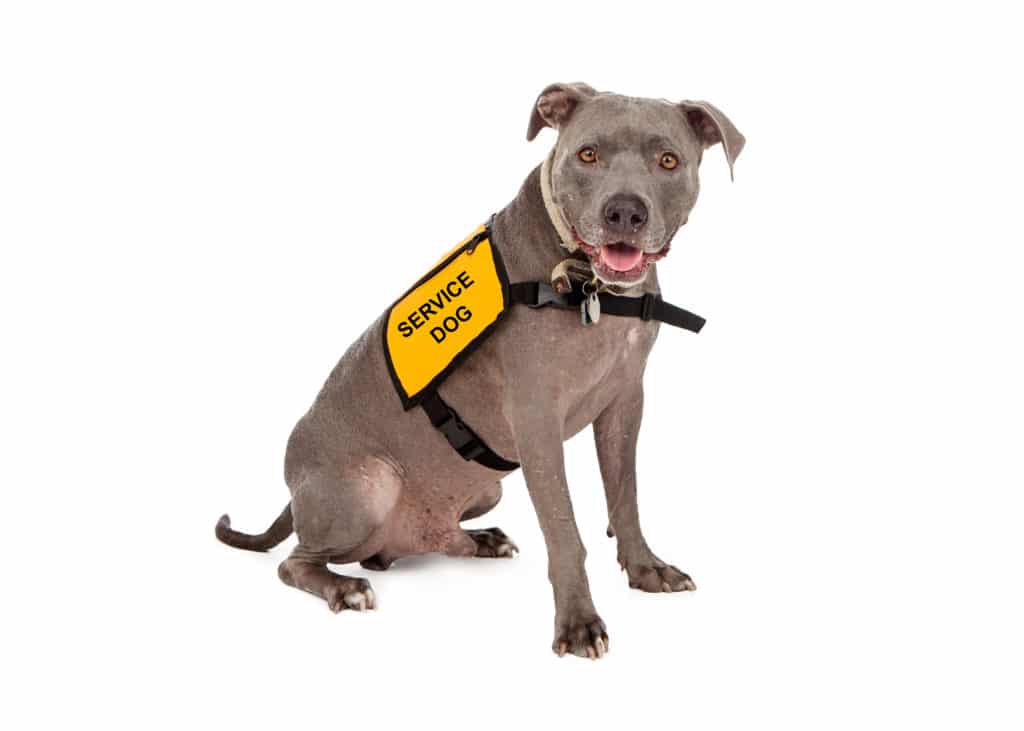
The Truth About Service Dogs
Many Pack Leaders wonder about the requirements necessary to register a dog as a service animal. But did you know that the Federal law regulating service animals doesn’t require registration with any organization? In fact, the documents provided by many online organizations claiming to register service dogs are not recognized under Federal law. That law also doesn’t require any particular organization or professional to train a service dog. What this means is that you can train your own dog to perform necessary tasks to help with your disability and — voilà! — your dog is a service dog. Defining a



